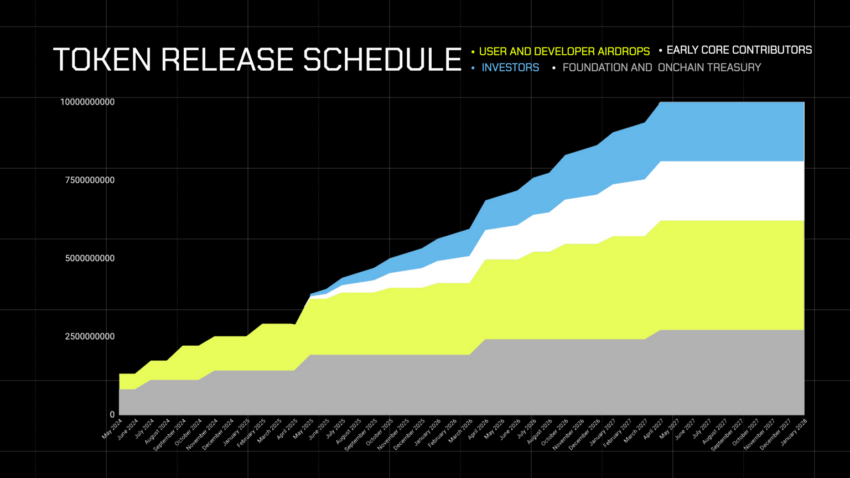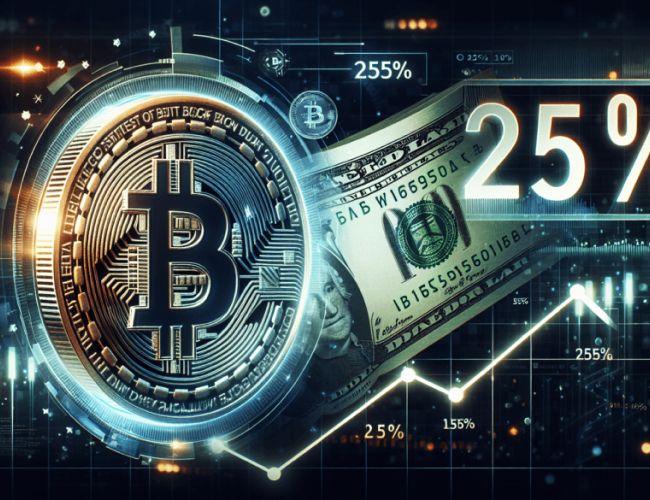Bitcoin (BTC) launched with the ideal technology for the era it was introduced in. Proof-of-work (PoW), the underlying consensus that predates the first cryptocurrency, provides a self-sustaining mechanism where numerous miners around the world can contribute to verifying BTC transactions.
As the crypto ecosystem expanded and more use cases were brought to life, the PoW mechanism started showing its limitations, such as extensive energy consumption and slow transaction processing times. Blockchain networks that focus on building an ecosystem instead of addressing just one specific use case, such as Ethereum, have adopted the proof-of-stake (PoS) consensus mechanism, where verified stake in the ecosystem is vital for the security of the network.
The dawn of the Web3 era, where a vast number of businesses established themselves purely on blockchain, brought a diverse set of user needs. This revolution comes with an addressable market, including aspects like nonfungible tokens (NFTs), blockchain gaming, digital identities and social media platforms. Given the variety of the use cases that can benefit from blockchain technology, even the PoS consensus mechanism started to show the need for further adjustments.
A new blockchain fitting for the Web3 era
The latest innovation in the evolution of blockchain technology presented itself as the proof-of-stake-and-activity (PoSA) consensus mechanism. Developed by the Web3-driven ecosystem Fastex with the needs of Web3 businesses and users in mind, PoSA adds activity as an extra layer of security upon the widely adopted PoS consensus mechanism.
Fastex introduced the first PoSA-based blockchain, named Bahamut Chain, whose mainnet launched on May 3. Inspired by the mythological sea monster that supported the Earth, Bahamut Chain provides a reliable foundation for Web3 companies and decentralized applications (DApps) that want to become a part of the growing Fastex ecosystem.
With the Sahara mainnet launch, the complete suite of Web3 products within the Fastex ecosystem, including ftNFT marketplace, Fastex Verse and FastexPay, will be migrated to the Bahamut Chain, and Fasttoken (FTN) will become the native currency of the whole ecosystem.

Fastex’s wide range of DApps within its extensive Web3 ecosystem Source: Fastex
How to become a validator on a PoSA blockchain
Validators, users who ensure the security and sustainability of a blockchain by confirming on-chain transactions, are required to stake at least 8.192 FTN to become eligible for selection. The Bahamut Chain has an execution layer (Caravan) and a consensus layer (Bedouin) on its Sahara mainnet, so users need to run both the execution and consensus clients and set up a node to become a validator.
While PoS validators are chosen based on the amount of staked crypto, the PoSA picks validators based on not only their staked crypto, but also their level of smart contract activity on the blockchain. Therefore, validators have incentives to validate transactions correctly. To keep validators’ work in check, the PoSA blockchain also has a penalty mechanism that punishes malicious acts by seizing staked crypto.

The key features of Fastex’s new PoSA blockchain. Source: Fastex
Once becoming a validator, users can earn activity rewards for their transaction validations on top of their annual staking rewards. Activity rewards are based on how much gas is used and how many validators are active on the blockchain.
Businesses can develop their DApps on the Bahamut Chain with fast transactions and better scalability while benefiting from the same staking and activity rewards in the meantime. By adding activity rewards to incentivize validators, Fastex aims to provide a secure and sustainable blockchain to act as the underlying technology for a thriving Web3 ecosystem.
Disclaimer. Cointelegraph does not endorse any content or product on this page. While we aim at providing you with all important information that we could obtain in this sponsored article, readers should do their own research before taking any actions related to the company and carry full responsibility for their decisions, nor can this article be considered as investment advice.
Sourced from cointelegraph.com.
Written by Serkan Keskin on 2023-05-27 04:21:00.










